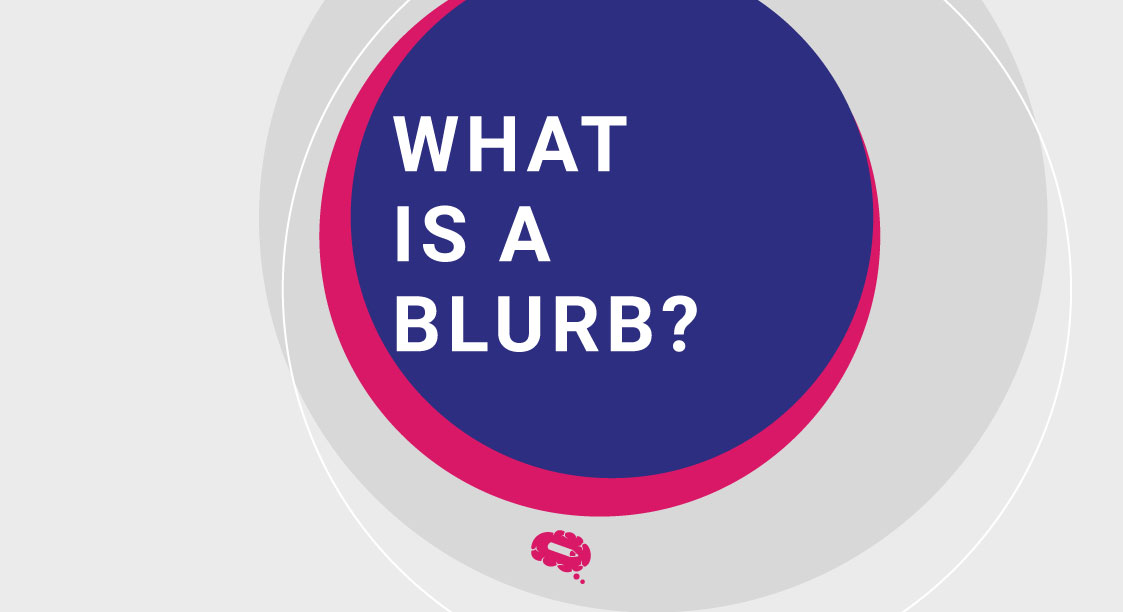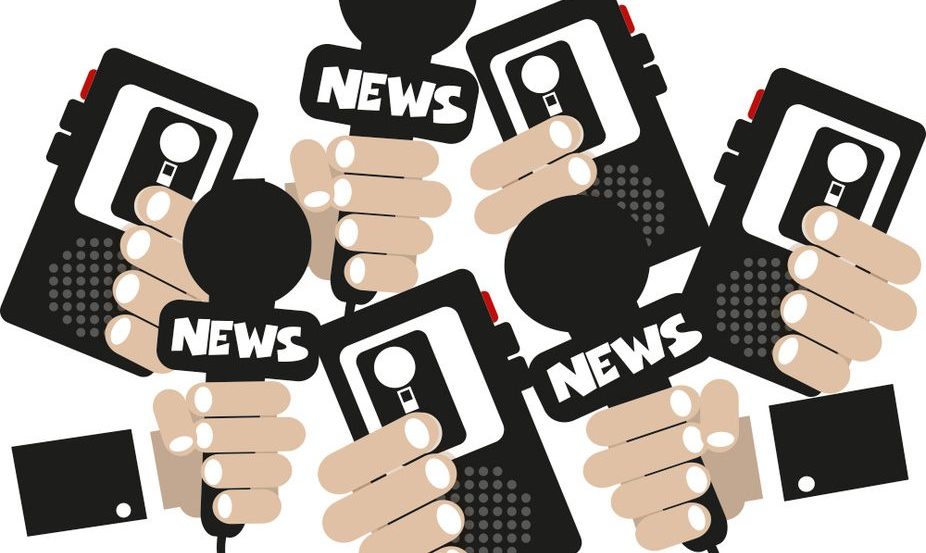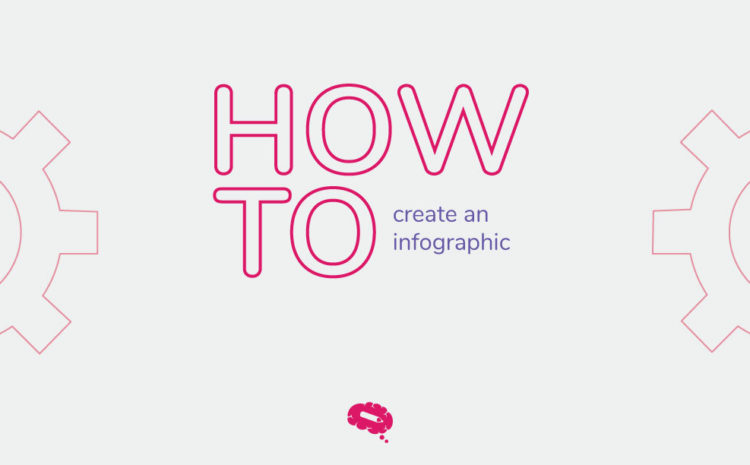The blurb – the writing on the back of a book’s cover that informs you what the book is about – is an important aspect of the writing and publishing process.
While this may appear to be a daunting task, this Mind The Graph article will introduce you to it, explain what is a blurb, and assist you with a few steps to effectively write a captivating blurb.
What does blurb mean?
The blurb is the writing on the back of a book’s cover that describes its contents. The blurb should include any information that best portrays the book and piques the readers’ interest.
For example, the highlights of a study’s findings might be appealing to fresh researchers in an academic book. A thriller would benefit from an excerpt that discloses an intriguing piece of the tale and leaves the readers craving for more. It’s more than simply a description though; blurbs are what sell books. It is simply a highly original and concise sales presentation designed to persuade consumers to purchase the book. As a result, some people find writing blurbs difficult, if not downright unpleasant.
Sometimes a famous person or even another writer can accomplish the work of a strong blurb. A renowned name on the cover makes a book attractive, the same as how a celebrity endorsing a product enhances the demand for a product. However, if the celebrity’s endorsement is too unclear or does not specifically mention the book, it will not assist in advertising it.
So, while selecting or creating your book’s blurb, keep in mind that it must convince potential readers to say “yes” to your book, to become true readers, and carry your words and thoughts with them.

How to write a good blurb
Now that you know what a blurb is, these easy steps should help you produce an attractive blurb.
- Begin by reading some book blurbs in your area. Keep a record of what attracts you, what sets you off, and, most importantly, what can entice you to pick up the book and begin reading.
- Examine your book proposal, manuscript evaluations, or any other feedback you may have and select any encouraging words and phrases. Consider how you may include them in your blurb.
- Explain your book’s unique selling point as clearly as possible.
- Define your target audience. This might be done by people category or by interest area.
- Use strong language, such as ‘unique,’ ‘amazing,’ and ‘revolutionary,’ especially if such terms were used by your reviewers or in your proposal. This type of speech piques the interest of potential readers.
- Concentrate your efforts on the first sentence; it is the most crucial. Make it as engaging as possible.
- Work nearly as hard on the final sentence. Fiction blurbs frequently include a cliff-hanger, and academic books can seldom do so, but at least strive to be intriguing.
- Blurbs are often restricted to 100-150 words, leaving no space for rambling. Keep it short and simple.
- Get your publisher’s input and test out your blurb on a few friends or coworkers you can trust to provide honest helpful feedback.
- Brace yourself to revise, revise, polish, polish, and revise some more after feedback. In fact, go ahead and do it regardless.
Professional graphical abstracts with no effort
Explore the Mind The Graph tool for producing high-quality visual content for the scientific community. Learn how to utilize infographics to your advantage, increasing the effectiveness of your research and papers, creating engagement, and making your work stand out amid the crowd.

Subscribe to our newsletter
Exclusive high quality content about effective visual
communication in science.




